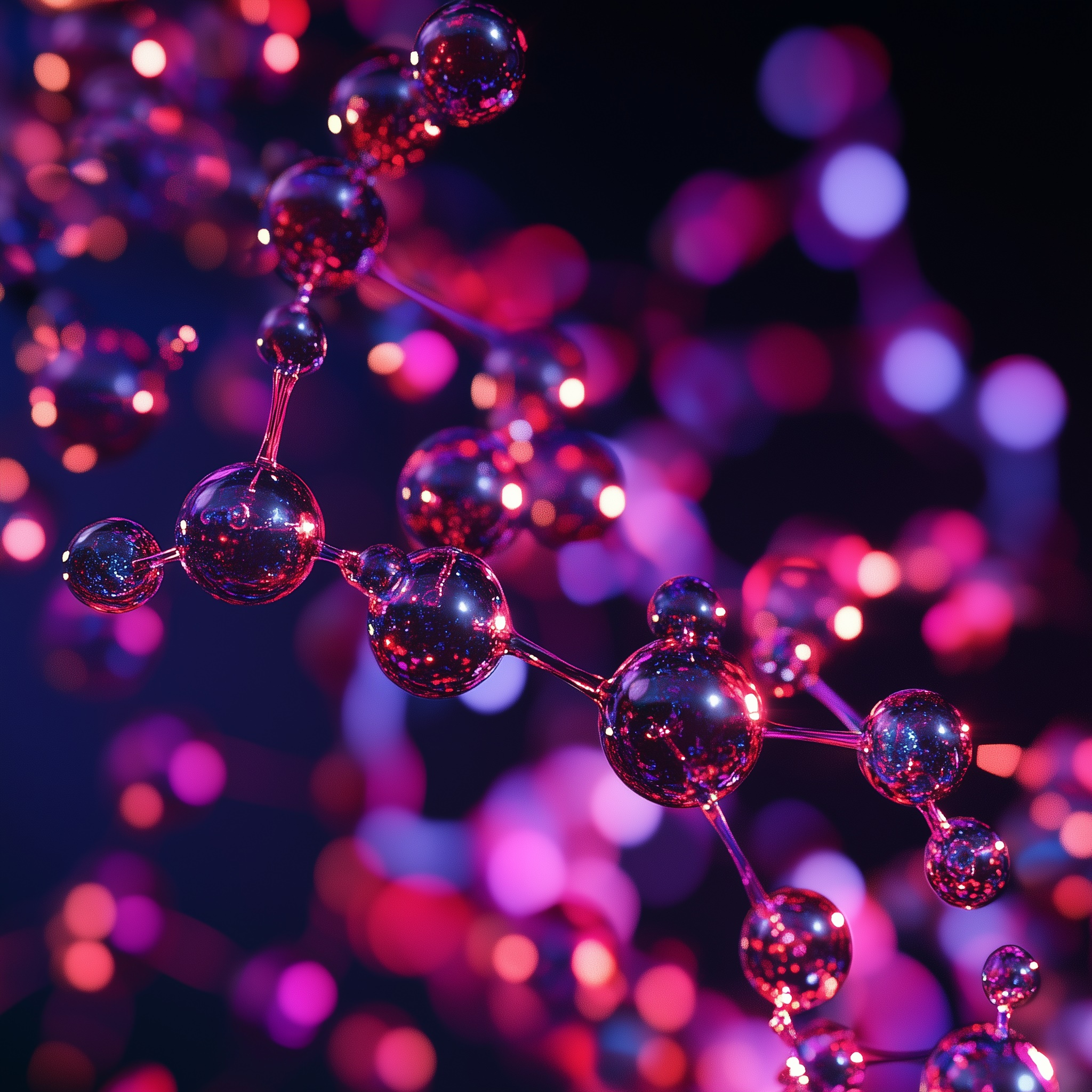Quantum Simulation Captures Hemocyanin’s Complex Molecular Interactions

Insider Brief:
- Researchers from King’s College London and Cavendish Laboratory successfully simulated hemocyanin, a protein used in oxygen transport and cancer vaccine development, using quantum algorithms, addressing the limitations of classical computing methods that struggle with the protein’s complex electron interactions.
- The study applied the variational quantum eigensolver (VQE) and Anderson impurity model (AIM) to capture the highly correlated interactions between copper atoms and oxygen ligands within hemocyanin.
- The research highlighted that the choice of ansatz—specifically the unitary coupled-cluster ansatz—improved the accuracy of the simulation.
- Despite current hardware limitations, the study shows that quantum computing can reduce the computational effort required for simulating complex systems, providing insights into materials with non-local interactions, although further advancements in scaling quantum simulations are still needed.
Modeling the complex interactions within hemocyanin, a protein vital for oxygen transport and cancer vaccine development, has long been a challenge for classical computing. Traditional methods struggle to capture the full scope of its electron interactions, especially the intricate superexchange pathway between copper atoms and oxygen ligands. A recent arXiv preprint from researchers at King’s College London and Canvendish Laboratory integrates quantum computing solutions in an effort to overcome these limitations, presenting the first-ever simulation of hemocyanin using quantum algorithms.
The Hemocyanin Challenge
Hemocyanin is a respiratory protein related to oxygen transport for certain invertebrates. Beyond this natural function, it is also a component in therapeutic vaccines for cancer, used for its immunostimulant properties. However, as noted in the study, modeling the oxygen binding mechanism of hemocyanin remains a challenge, especially due to the complex superexchange interaction between copper atoms and oxygen ligands within the protein. Classical simulations often fall short in capturing these non-local interactions, where the behavior of one part of the system depends on the state of another part located at a distance—a highly correlated system.
According to the research, traditional approaches such as density functional theory (DFT) and dynamical mean field theory (DMFT) can only model simpler interactions, often treating the copper atoms individually rather than accounting for the full range of correlations present in the system. To address this limitation, the study applied quantum computing methods using the variational quantum eigensolver, which allowed the researchers to simulate these interactions with greater precision.
Quantum Toolbox: Variational Quantum Eigensolver and Anderson Impurity Model for Molecular Systems
VQE is a hybrid quantum-classical algorithm that uses both quantum and classical computers to estimate the ground state energy of a molecular system. In this study, the hemocyanin molecule was modeled using the Anderson impurity model, a technique designed to capture the complex correlations between multiple atomic sites, such as those seen in transition metal compounds.
As described in the study, the AIM setup for hemocyanin models two copper atoms as impurity sites, with their interactions mediated by a bridge of oxygen atoms. By mapping these interactions onto qubits, the researchers were able to simulate the magnetic structure of the molecule more effectively than classical simulations.
The VQE method, based on the Rayleigh-Ritz variational principle, optimizes a trial wavefunction to approximate the ground state energy of the system. One of the key findings of this study was that the choice of ansatz, or the trial wavefunction used in the simulation, significantly impacted the accuracy of the results. The researchers compared several types of ansatz, including hardware-efficient ansatzes and chemistry-inspired unitary coupled-cluster ansatzes, finding that the latter provided more accurate results when applied to the hemocyanin system.
Quantum Computing’s Role in Advancing Quantum Chemistry
The study emphasizes the limitations of today’s quantum hardware, NISQ devices, which are prone to error due to noise in the quantum systems. Despite these limitations, the research team was able to mitigate some of the noise through techniques like zero-noise extrapolation, which helped them achieve meaningful results even on noisy hardware platforms such as IBM Quantum and Quantinuum.
The success of this simulation on hemocyanin suggests that quantum computing could significantly reduce the computational effort needed to model complex, strongly correlated systems. In particular, the research highlights that using quantum algorithms like VQE could accelerate our understanding of materials with non-local interactions, such as those found in transition metal proteins or high-temperature superconductors.
Implications for Future Research
While the simulation of hemocyanin is promising for future related studies, the study does note that we are still far from realizing the full potential of quantum computing for large-scale molecular simulations. One of the biggest challenges is scaling quantum simulations to larger systems, which will require further advancements in both quantum hardware and algorithms. The researchers behind this study encourage the broader scientific community to use the hemocyanin model as a benchmark for testing the efficiency of new quantum algorithms for chemistry applications.
Contributing authors on the study include Elena Chachkarova, Terence Tse, Yao Wei, Cedric Weber, and Yordan Yordanov.
